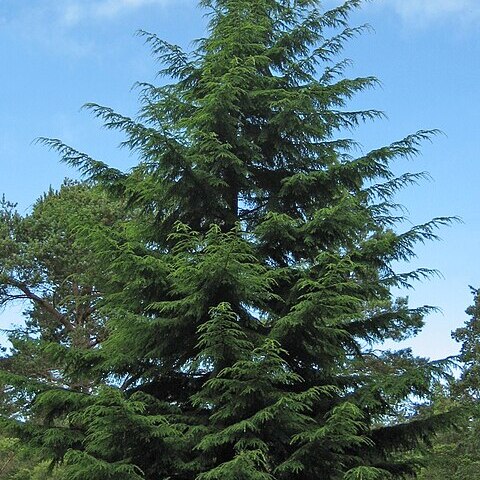Trees evergreen; branches irregularly whorled; branchlets with leaf cushions and persistent winter bud scales at base; winter buds ovoid or globose, not resinous. Leaves pectinately arranged, rarely radially spreading (emerging in false whorls on lateral branchlets), petiolate; petiole twisted at base; blade usually linear and flattened, stomatal lines abaxial, rarely on each surface, in 2 white bands, separated by an elevated midvein, vascular bundle 1, resin canal 1 below vascular bundle. Pollen cones growing from lateral buds, solitary, rarely clustered in umbels from a single bud, ellipsoid or ovoid; pollen with ring-shaped, saccate structure near distal pole, rarely ± 2-saccate. Seed cones terminal (rarely lateral) on 2nd-year branchlets, solitary, pendulous, rarely erect, ovoid-globose to cylindric or obovoid-oblong, maturing in 1st year. Seed scales thin, woody, persistent. Bracts included, rarely with slightly exserted, apical cusp. Seeds small, with small resin vesicles adaxially. Cotyledons 3-6. Germination epigeal. 2n = 24*.
Male cones axillary near the tip of the twigs of the previous season, peduncled, globose; female cones terminal on lateral branches of the previous season, pendulous on a short peduncle, the persistent scales much larger than the minute bracts; evergreen trees, the flat lvs jointed at the base to minute, persistent sterigmata; resin-duct 1 in each lf; 2n=24. 14, temp. Asia and N. Amer.

